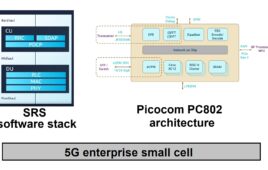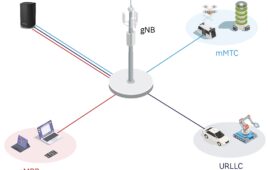 Murata Manufacturing has developed the GRM011R60J104M, the world’s first multi-layer ceramic capacitor to feature a maximum capacitance of 0.1μF in 008004-inch size (0.25×0.125mm). Mass production of this new product is scheduled to begin in 2020.
Murata Manufacturing has developed the GRM011R60J104M, the world’s first multi-layer ceramic capacitor to feature a maximum capacitance of 0.1μF in 008004-inch size (0.25×0.125mm). Mass production of this new product is scheduled to begin in 2020.
As smartphones supporting 5G become more widespread and devices such as wearable devices become increasingly multifunctional and more compact, the demand for smaller and higher density electronic circuitry is growing. Among the components employed in this circuitry, multi-layer ceramic capacitors are essential for electronic devices and are used for a wide range of applications such as in smartphones and wearable devices. As the high-end smartphones are equipped with around 800 to 1,000 capacitors, there is a considerable need for such components to be made even more compact.
By using an original ceramic and electrode material atomization and homogenization technology, Murata has achieved a mounting surface area approximately 50 percent smaller and a volume approximately 80 percent smaller than that of their conventional product (01005-inch size) with a capacitance of 0.1μF. Moreover, the new product has a capacity of around 10 times that of the same-sized product (008004 inch size) initially mass-produced by the company.




Tell Us What You Think!